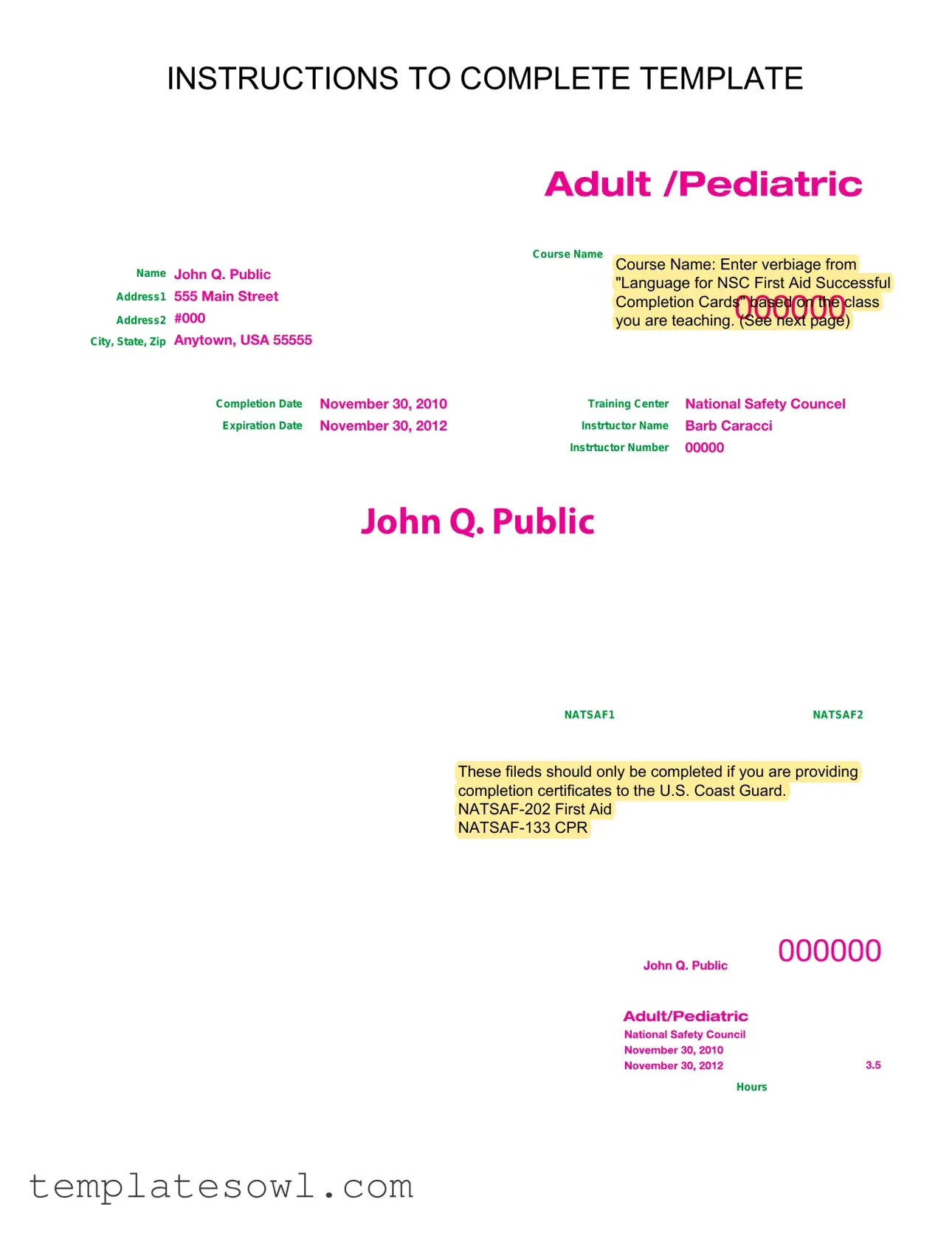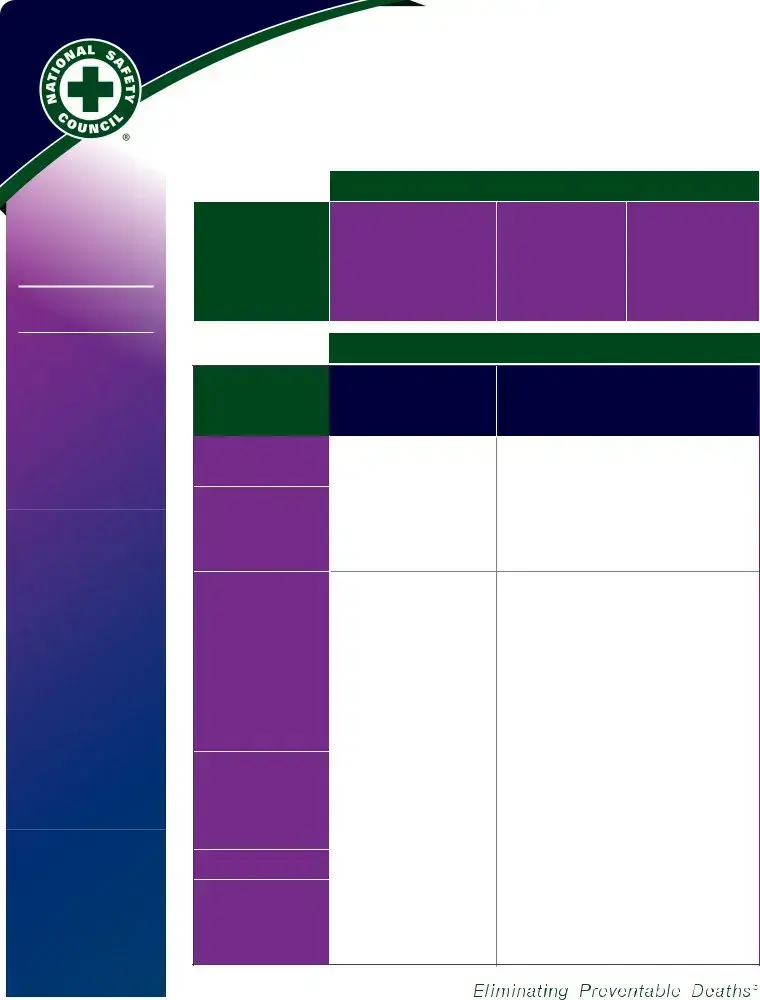What is the CPR Card Form?
The CPR Card Form is a document that certifies individuals have successfully completed a CPR and First Aid course. It includes information such as the participant’s name, course details, and completion dates. This card serves as proof of training and is often required for various professional and regulatory purposes.
What information is required on the CPR Card Form?
To complete the CPR Card Form, you must provide the following details: the participant's full name, address, completion date, expiration date, course name, training center name, and instructor details. Ensure all fields are filled out accurately, and the card is either printed or typed, as handwritten cards are not accepted.
How long is the CPR certification valid?
The certification is valid for a period of two years from the completion date. After this period, participants must retake the course to maintain their certification. Be mindful of the expiration date as it is crucial for compliance in many professional settings.
Can I issue a CPR Card for different age groups?
Yes, the CPR Card can be tailored to reflect training for different age groups, including adults, children, and infants. Depending on the course content, you’ll need to indicate which age groups were covered in the training using the appropriate language specified by the National Safety Council guidelines.
What happens if the CPR Card Form is filled out incorrectly?
If the CPR Card Form contains errors, it may lead to invalid certification. It is essential to review the form for accurate information before submission. Inaccuracies could prevent recognition of the certification by entities like employers or regulatory agencies.
Where can I find the correct language for course completion on the CPR Card?
The required wording for the CPR Card can be found in the "Language for NSC First Aid Successful Completion Cards" document. This document outlines the appropriate verbiage based on the specific course being taught. Refer to it for clarity to ensure compliance with National Safety Council standards.
Are there different types of CPR Cards?
Yes, there are different types of CPR Cards available, depending on the course level and content delivered. The options include Basic Life Support for Health Care Providers, Adult CPR & AED, and Pediatric First Aid, among others. Select the correct type based on the training conducted.
Can I issue a CPR Card without using an official instructor?
No, a CPR Card must be issued by a recognized instructor affiliated with a certified training center. Each instructor has a unique identifier that must be included on the form. This ensures the training meets established standards and adds credibility to the card.

